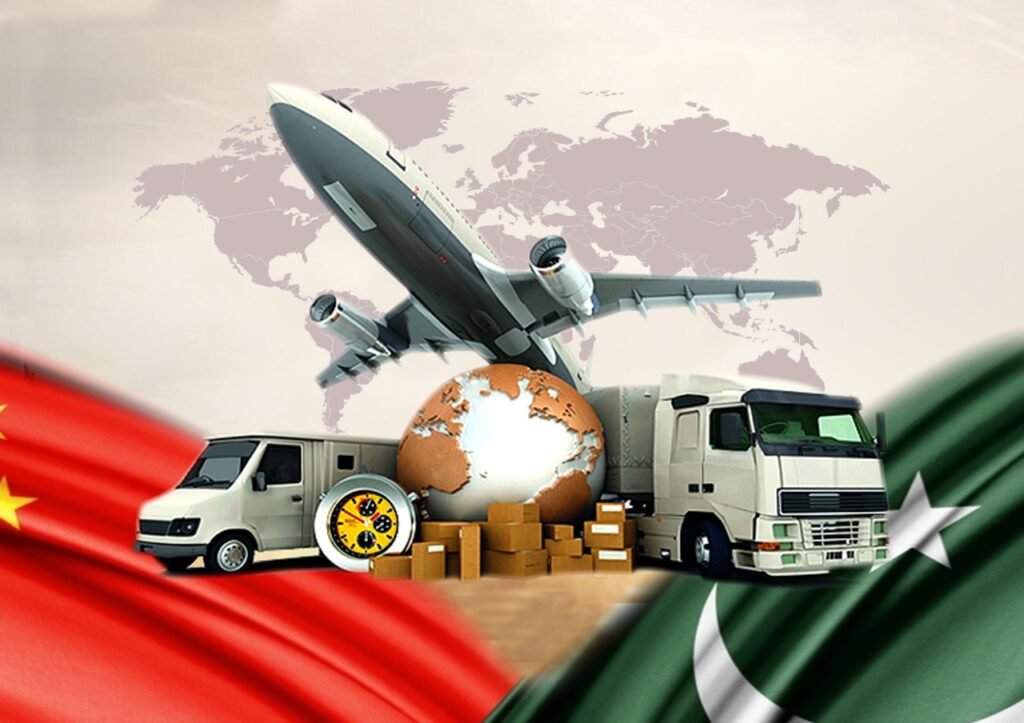In the ever-evolving landscape of global trade, the choice of transportation mode is crucial for businesses seeking to optimize their supply chain operations. Among the various options available, air freight and sea freight are two of the most commonly used methods for transporting goods internationally. Each method has its unique advantages and disadvantages, making it essential for businesses to understand the differences between them, especially when utilizing freight forwarding services. This article will delve into the nuances of air freight and sea freight, comparing them across multiple dimensions.
Overview of Air Freight and Sea Freight
Air freight refers to the transportation of goods via aircraft. This method is often chosen for its speed and efficiency, particularly for time-sensitive shipments. On the other hand, sea freight involves shipping goods via cargo ships and is typically used for larger shipments that are not time-sensitive. While both methods serve the same purpose of moving goods from one location to another, they cater to different logistical needs and budget constraints.
Key Differences Between Air Freight and Sea Freight
Speed and Transit Time
Air Freight:
Air freight is renowned for its rapid transit times, often completing deliveries within 1-3 days, depending on the distance and specific routes. This speed makes air freight the preferred choice for urgent shipments, such as medical supplies, electronics, or fashion items that require a quick market response.
Sea Freight:
In contrast, sea freight generally takes much longer, with transit times typically ranging from a few days to several weeks, depending on the shipping route and destination. While sea freight is not suitable for time-sensitive shipments, it is ideal for bulk goods and products that can afford a longer lead time.
Cost Considerations
Air Freight:
Due to the high operational costs associated with air travel, air freight services tend to be more expensive than sea freight. Factors contributing to the cost include fuel prices, aircraft maintenance, and airport fees. Businesses often choose air freight for its speed, but they must be prepared to bear the higher costs.
Sea Freight:
Sea freight offers a more economical solution for transporting large quantities of goods. The cost per unit is significantly lower than air freight, making it a cost-effective choice for bulk shipments. However, businesses must balance these lower costs with the longer transit times.
Capacity and Volume
Air Freight:
Air freight is limited by the cargo capacity of aircraft, which can restrict the amount of goods transported in a single shipment. While most cargo planes can handle up to 100 tons, the size and weight restrictions are stricter compared to sea freight. Consequently, air freight is typically used for lighter, high-value goods.
Sea Freight:
Sea freight services can accommodate significantly larger shipments, with container ships capable of transporting thousands of tons of cargo. This capacity makes sea freight the preferred option for bulk commodities, such as agricultural products, raw materials, and heavy machinery.
Types of Goods
Air Freight:
Air freight is ideal for shipping high-value, low-volume goods that require quick delivery. Common items transported via air include electronics, pharmaceuticals, perishables, and luxury goods. The strict handling and transit conditions associated with air freight ensure that delicate items reach their destinations without damage.
Sea Freight:
Sea freight suits bulky, heavy goods that are not time-sensitive. Companies typically transport items such as construction materials, industrial machinery, and large quantities of consumer goods by sea. Sea freight can accommodate a broader range of products, including hazardous materials, under strict regulations.
Environmental Impact
Air Freight:
One significant disadvantage of air freight is its environmental impact. Air transport generates higher carbon emissions per ton of cargo compared to sea freight, contributing to air pollution and climate change. As sustainability becomes increasingly important to consumers and businesses alike, many companies are reconsidering their reliance on air freight.
Sea Freight:
In contrast, sea freight is generally more environmentally friendly, with lower emissions per ton of cargo transported. While shipping by sea is not entirely without its environmental challenges, it remains a more sustainable option for transporting goods over long distances.
Reliability and Security
Air Freight:
Many companies consider air freight more reliable than sea freight due to its faster transit times and fewer delays.Airlines typically adhere to strict schedules, reducing the risk of shipping delays caused by customs or weather conditions. Additionally, air freight offers enhanced security measures, making it a preferred choice for valuable and sensitive goods.
Sea Freight:
While sea freight can be reliable, it is subject to various delays due to weather conditions, port congestion, and other logistical challenges. However, advances in tracking technology have improved the visibility and predictability of sea freight operations.
Choosing the Right Freight Forwarding Services
When deciding between air freight and sea freight, businesses must consider their specific needs and priorities. This is where freight forwarding services play a critical role. Freight forwarders act as intermediaries, helping businesses choose the best shipping method based on factors such as cost, speed, and type of goods. Here are some key considerations for selecting freight forwarding services:
Assessing Shipping Needs
Businesses should evaluate their shipping requirements, including the type and volume of goods, urgency, and budget constraints. By understanding their specific needs, companies can work with freight forwarders to find the most suitable transportation method.
Cost Comparison
Freight forwarding services can provide businesses with cost estimates for both air and sea freight options. Comparing these costs will help companies determine the most economical solution for their shipping needs.
Route Optimization
Freight forwarders have access to various shipping routes and can help businesses optimize their logistics to reduce transit times and costs. By leveraging their expertise, companies can transport their goods efficiently.
Documentation and Customs Clearance
Freight forwarding services also assist with the necessary documentation and customs clearance processes, which can be complex and time-consuming. By handling these aspects, freight forwarders ensure that shipments comply with regulations and arrive at their destinations without delays.
Tracking and Communication
Reliable freight forwarding services offer tracking capabilities, allowing businesses to monitor the status of their shipments in real-time. Effective communication is vital to ensure that companies stay informed about any potential delays or issues that arise during transit.
Conclusion
In summary, companies choose between air freight and sea freight services based on various factors, including speed, cost, capacity, and the nature of the goods. While air freight provides speed and security, it incurs a higher cost and has limited capacity. Conversely, sea freight offers a more economical solution for bulk shipments but requires longer transit times. By understanding these differences and working with reputable freight forwarding services, businesses can make informed decisions that align with their logistics goals. Ultimately, the right choice will depend on the specific needs of the business, allowing them to optimize their supply chain and maintain a competitive edge in the global market.
Stay tuned for more news and updates on Infinite Insight Hub!



